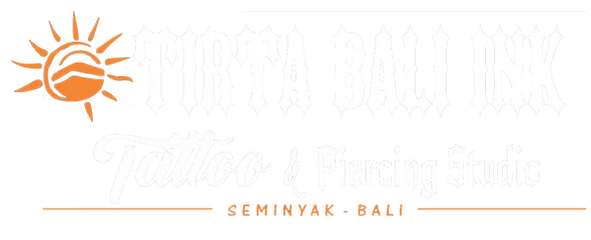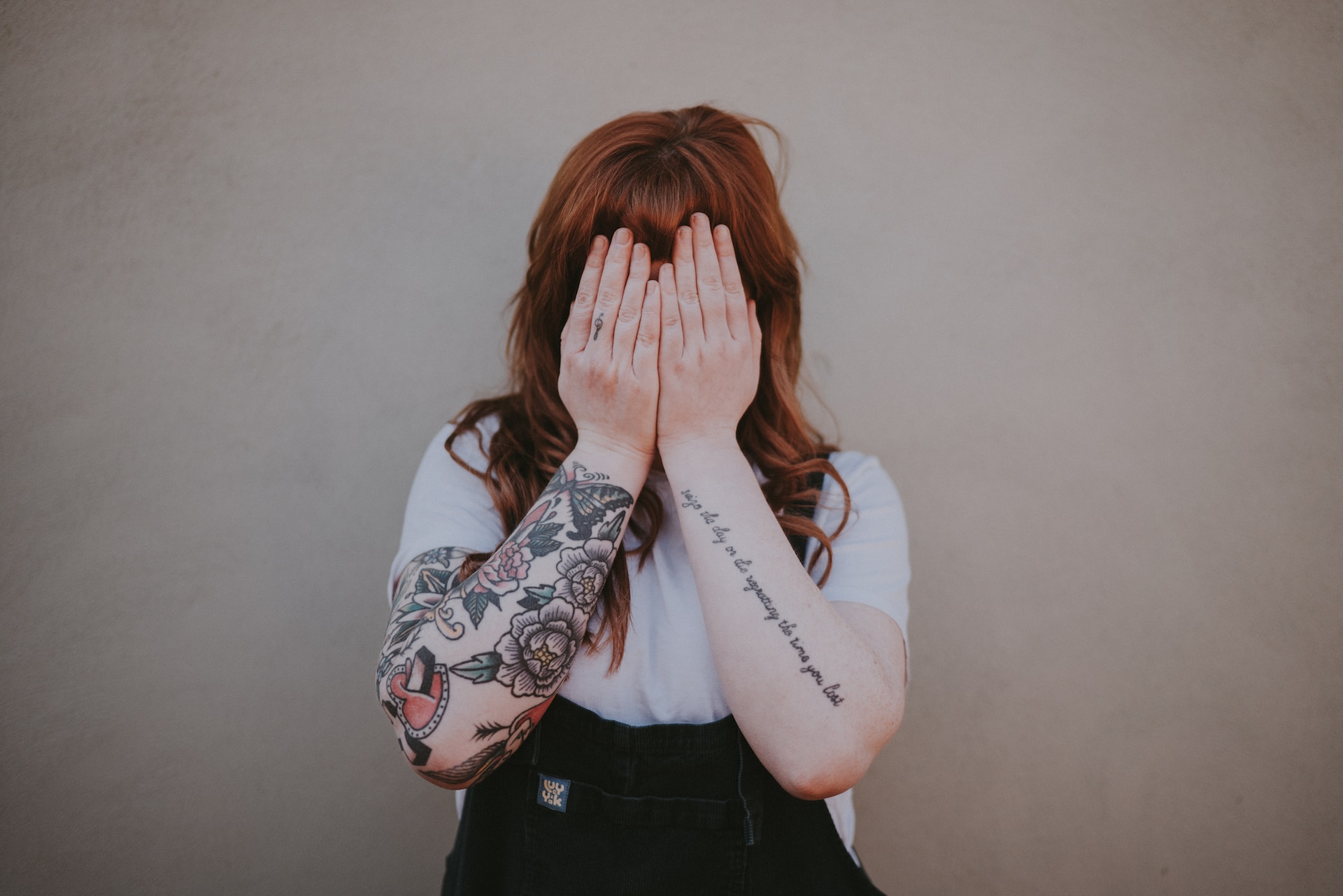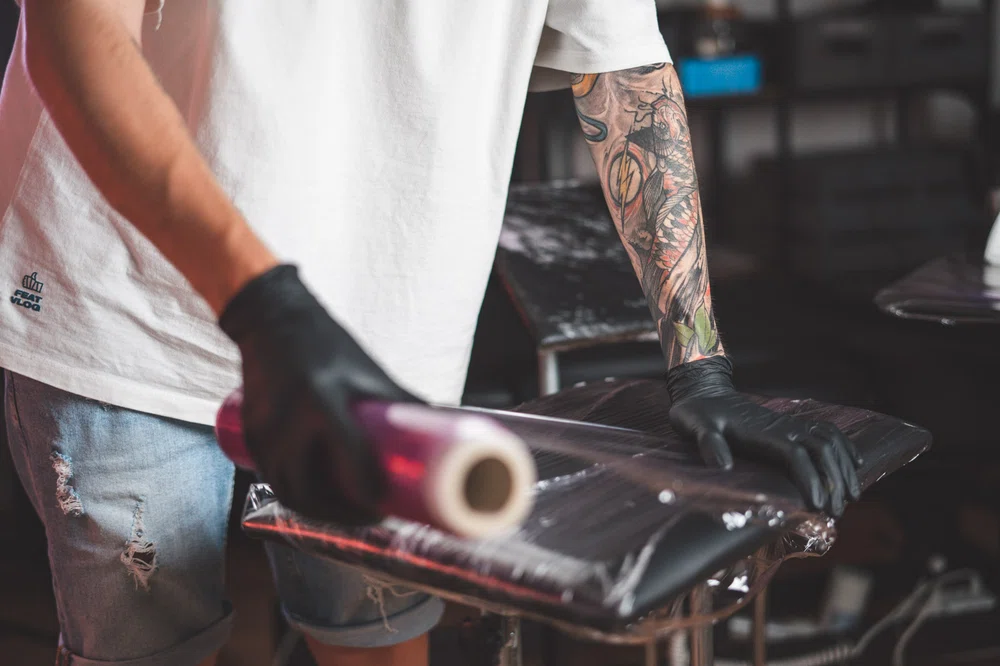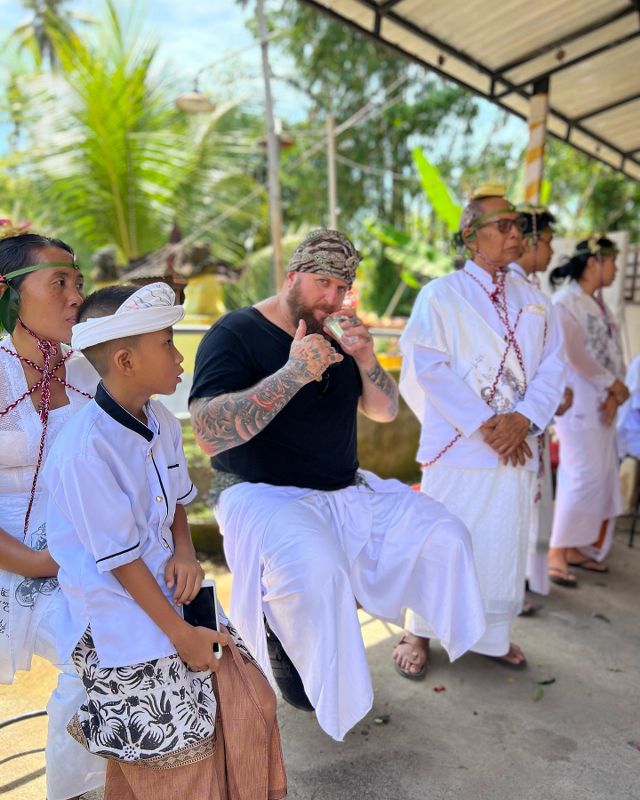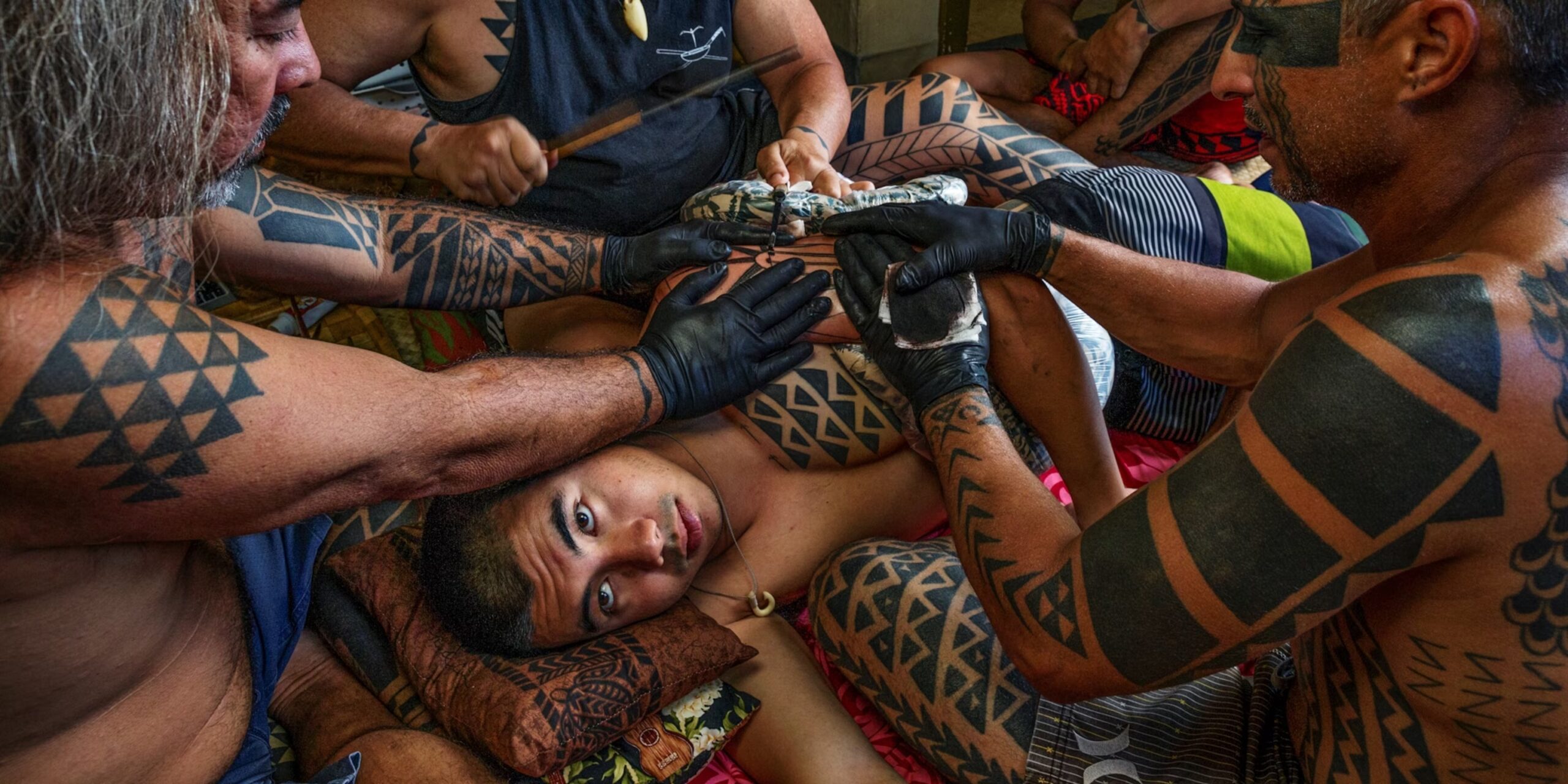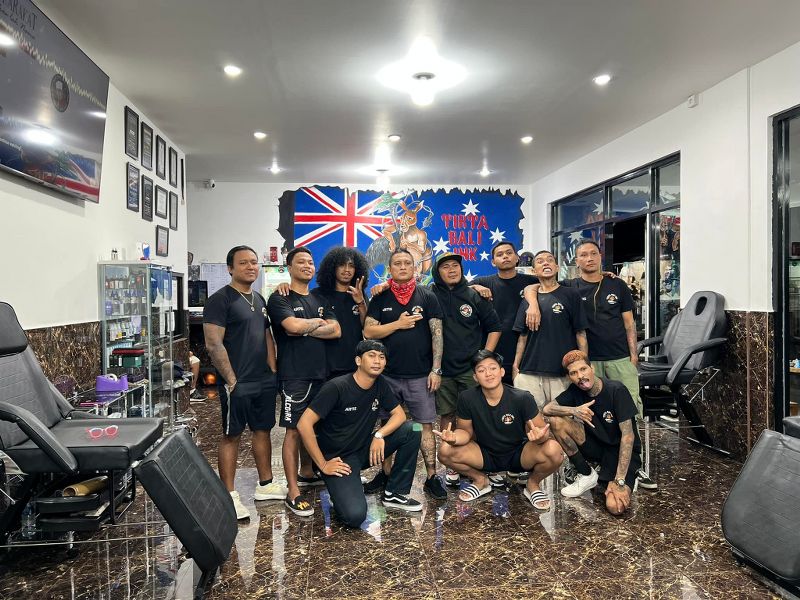Getting a new tattoo can be an exhilarating and rewarding experience, but the journey doesn’t end once you leave the tattoo studio. Proper aftercare is essential in preserving the beauty, integrity, and longevity of your body art. Neglecting aftercare can lead to complications, such as infections, scarring, and fading, ultimately impacting the final result of your carefully chosen and thoughtfully designed tattoo. As a renowned Bali tattoo studio and home to some of Bali’s finest tattoo artists, Tirta Bali Ink Tattoo Studio understands the crucial role of aftercare in maintaining the quality of your tattoo. In this comprehensive guide, we will delve into essential aftercare tips, explore common misconceptions, and offer expert advice on what to expect during the healing process.
With Tirta Bali Ink Tattoo Studio’s expert guidance on tattoo aftercare, you can confidently embark on your tattoo journey, knowing that you’re taking the necessary steps to preserve and protect your new body art. Embrace the healing process and let your tattoo be a lasting reflection of your unique story.
Looking for a reliable and experienced tattoo studio for your next tattoo? Trust the experts at Tirta Bali Ink Tattoo Studio to help you create the perfect design and ensure your tattoo journey is a seamless and enjoyable experience. Book your appointment today and let us bring your vision to life.
Understanding Tattoo Aftercare: Essential Tips for Preserving Your New Body Art
The Fundamentals of Tattoo Aftercare
Once you leave the tattoo studio, it’s crucial to establish a consistent and thorough aftercare routine. Here are the fundamental aspects of tattoo aftercare to help guide you through the healing process:
1. Cleaning: Gently wash your tattoo several times a day using lukewarm water, mild soap, and clean hands. Avoid scrubbing or using abrasive materials, as this can cause irritation and delay the healing process.
2. Moisturising: Keep your tattoo properly moisturised with a recommended ointment or lotion, free of artificial fragrances and harsh chemicals. Apply a thin layer of moisturiser and gently massage it into the skin to promote healing.
3. Bandaging: After washing and moisturising, it is often recommended to lightly apply a non-adhesive bandage or breathable tattoo foam to protect your tattoo from dirt and bacteria. However, avoid wrapping your tattoo for extended periods, as this can lead to excess moisture and slow the healing process.
4. Avoiding Excessive Sun Exposure: As your tattoo heals, avoid direct sun exposure and tanning beds, as these can cause fading and damage to your new tattoo. Once your tattoo is fully healed, always apply a high-spf sunblock to protect your ink.
Debunking Tattoo Aftercare Myths
Navigating the world of tattoo aftercare can be confusing and overwhelming. To ensure the best possible outcome for your tattoo, it’s important to separate facts from myths. Here are some common misconceptions:
1. Exposing Your Tattoo to Air: While it’s crucial to allow your tattoo to breathe, leaving it exposed to air for extended periods can cause drying, cracking, and scabbing. Maintain a balance of proper bandaging and limited air exposure for optimal healing.
2. Picking at Scabs or Peeling Skin: As tempting as it may be to pick at scabs or peel skin, doing so can result in uneven ink distribution and scarring. Allow your tattoo to heal naturally and resist the urge to interfere.
3. Submerging Your Tattoo: Avoid swimming or soaking in baths, hot tubs, and saunas during the healing process, as this may introduce bacteria and delay healing. Wait until your tattoo is fully healed before enjoying these activities.
Factors Influencing the Healing Process
Your tattoo’s healing process can be affected by a variety of factors, such as overall health, skin type, and lifestyle. Being aware of these variables will help you make informed decisions and adapt your aftercare routine accordingly:
1. Overall Health: Your immune system plays a significant role in the healing process, so maintaining good health can promote faster and more efficient healing. Consider adopting a balanced diet, staying hydrated, and getting sufficient sleep during the healing period.
2. Skin Type: Individuals with sensitive or dry skin may experience more irritation or slower healing. Consult with your tattoo artist to determine a tailored aftercare routine based on your unique skin type.
3. Lifestyle: Factors such as physical activity and clothing choice can impact your tattoo’s healing process. Choose clothing made from breathable materials and avoid placing excessive pressure on your tattoo to reduce the risk of damage and complications.
The Importance of Tattoo Touch-Ups
Regardless of the quality of your tattoo and aftercare routine, touch-ups may be necessary to maintain the vibrancy and detail of your body art. Here’s what you need to know:
1. When to Schedule a Touch-Up: It’s generally advised to wait until your tattoo is entirely healed before scheduling a touch-up, usually within six to eight weeks past the initial appointment, depending on the tattoo’s location, size, and complexity.
2. How to Approach Your Tattoo Artist: Reach out to the artist who completed your tattoo for touch-up services, as they will be familiar with the design and techniques used. Provide clear images of areas in need of touch-up to ensure a smooth process.
Conclusion
Ensuring proper tattoo aftercare is vital to preserving the beauty, integrity, and longevity of your body art. With a solid understanding of the fundamental aspects of tattoo aftercare, common myths, factors influencing the healing process, and the importance of touch-ups, you can confidently navigate your tattoo journey.
Trust the experts at Tirta Bali Ink Tattoo Studio to create a unique and stunning design, as well as guide you through every stage of the tattoo process, from initial consultation to aftercare and touch-ups. Schedule your appointment now with our expert tattoo artists and let Tirta Bali Ink Tattoo Studio bring your vision to life.
